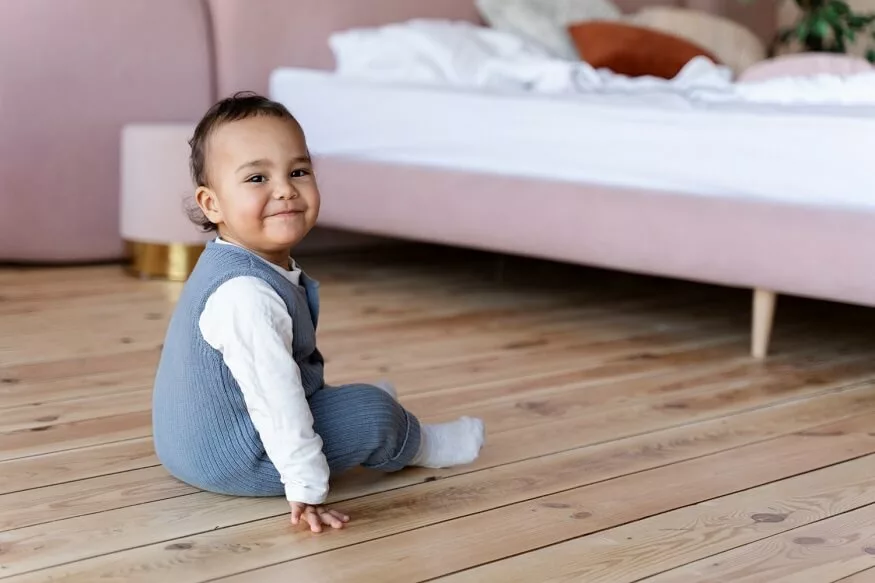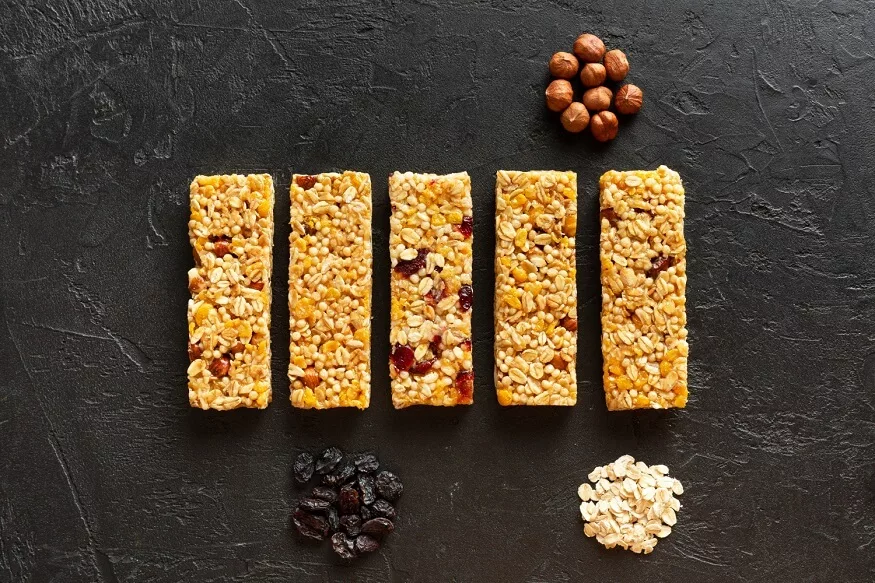Welcoming a newborn into the world is a joyous occasion, accompanied by a plethora of responsibilities for parents. One crucial aspect of caring for a baby involves ensuring their comfort and safety through proper postures in various activities. From sitting and sleeping to feeding and standing, each stage of a baby’s early development demands careful consideration to promote healthy growth and well-being.
Sitting Posture
The journey of a baby’s postural development begins with sitting. As a newborn transitions from lying down to sitting, it’s essential to provide adequate support for their developing muscles and spine. During the early months, babies are still mastering head control, so when placing them in a seated position, ensure their back and neck are well-supported.
Using a firm yet comfortable surface, such as a supportive pillow or a specially designed baby seat, can assist in maintaining a stable sitting posture. Always be attentive to the baby’s cues, and if they show signs of discomfort or fatigue, provide additional support or change their position.
It’s important to note that forcing a baby into a seated position before they are physically ready can lead to strain on their developing spine. Gradual progression, coupled with tummy time exercises, helps strengthen the muscles needed for proper sitting.
- Tummy Time Routine: Gradually introduce tummy time exercises to help your baby develop neck and upper body strength, which is essential for sitting.
- Avoid Overuse of Baby Gear: While baby seats can be helpful, limit the time your baby spends in them to avoid overdependence. Allow them to explore different positions during playtime.
- Interactive Seating: Engage in interactive activities with your baby while they are seated, such as playing with toys or making eye contact, to make the experience enjoyable and beneficial for their development.
Also Read: The Ultimate Guide to High Chairs for Babies
Sleeping Posture
Quality sleep is vital for a baby’s overall health and development, and choosing the correct sleeping posture is paramount to reducing the risk of Sudden Infant Death Syndrome (SIDS). The recommended sleeping position for infants is on their backs. This sleeping position has been proven to be the safest and significantly reduces the risk of SIDS.
When placing a baby to sleep, ensure their cot or crib is free from soft bedding, toys, or loose items that could pose a suffocation hazard. The mattress should be firm, and the baby should be dressed in sleep-appropriate clothing to maintain a comfortable temperature.
Regularly check that the baby’s head remains uncovered during sleep, and avoid using sleep positioners or wedges unless advised by a healthcare professional. Always follow the guidelines provided by paediatricians and health authorities to create a safe sleeping environment for your baby.
- Room Temperature: Maintain a comfortable room temperature to ensure your baby is neither too hot nor too cold during sleep. Overheating has been linked to an increased risk of SIDS.
- Regular Checkups: Schedule regular checkups with your paediatrician to monitor your baby’s growth and discuss any concerns or questions you may have regarding sleep safety.
- Swaddling Techniques: If you choose to swaddle your baby, ensure it is done correctly. Use lightweight, breathable blankets and leave enough room for the baby’s hips to move freely.
Also Read: What Makes Mirrors Beneficial For Babies? Choosing Baby-Safe Mirrors
Feeding Posture
Feeding time is not only a nourishing experience but also an opportunity for bonding between parents and their newborn. Whether breastfeeding or bottle-feeding, the right posture plays a crucial role in ensuring the baby’s comfort and proper digestion.
For breastfeeding, ensure the baby is latched onto the breast correctly, with their mouth covering both the nipple and areola. Positioning is key; mothers should be comfortably seated with proper back support. Placing a pillow on the lap can help lift the baby to the breast level, preventing strain on the mother’s back and shoulders.
Bottle feeding also requires attention to posture. Hold the baby in a semi-upright position, supporting their head and neck with your arm. Keep the bottle at a slight angle to minimize the intake of air and reduce the risk of colic. Additionally, alternate the side you hold the baby during feeding to encourage balanced development.
- Relaxation during Feeding: Create a calm and relaxed environment during feeding sessions. This helps both the parent and the baby enjoy the bonding experience.
- Burping Techniques: Whether breastfeeding or bottle-feeding, practice proper burping techniques to release any swallowed air and reduce the likelihood of discomfort or colic.
- Responsive Feeding: Pay attention to your baby’s hunger cues and avoid forcing them to finish a bottle or a breast if they show signs of fullness.
Also Read: Infant Bottle Feeding: Types, Tips, Benefits And Bottle Feeding Positions
Standing Posture
As your baby begins to explore the world around them, the transition to standing becomes a significant milestone. Encouraging standing in a safe and supportive manner is crucial for building strength and coordination.
When helping a baby stand, use your hands to provide support around their waist or under their arms. Avoid putting excessive pressure on their legs or joints. A stable surface, such as a flat floor or a play mat, can offer a secure foundation for standing exercises.
Remember that every baby develops at their own pace, and pushing them to stand before they are ready can lead to muscle strain or imbalance. Allow your baby to explore standing gradually, and always supervise to ensure their safety.
- Encourage Independent Standing: Provide objects or furniture for your baby to hold onto while standing, fostering a sense of independence and balance.
- Patience in Milestones: Understand that each baby reaches milestones at their own pace. Encourage and celebrate progress, but avoid putting unnecessary pressure on your baby to achieve developmental milestones quickly.
- Safe Exploration: Create a safe environment for your baby to explore standing. Remove any potential hazards and ensure that furniture or objects used for support are stable.
Also Read: When Can Baby Climb Stairs and How Can You Keep Them Safe
Always listen to your baby’s cues and be attuned to their comfort levels. Seek advice from healthcare professionals or parenting resources to ensure you are providing the best possible support for your baby’s postural needs. By incorporating these considerations into your parenting routine, EuroSchool believes that you contribute to a foundation of well-being that will benefit your child throughout their life.









